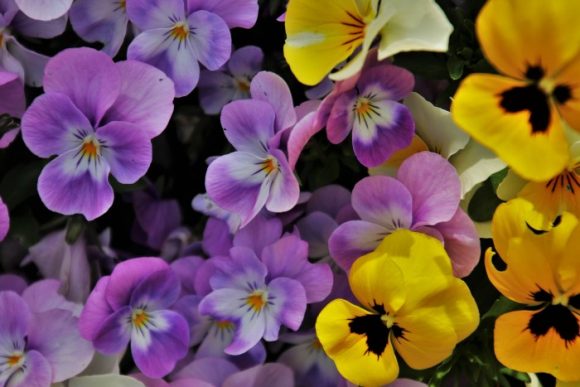All posts tagged Pansy
Pansy Flower Health Benefits
Pansy, also known as viola tricolor, wild pansy, yellow wild pansy or
bird’s eyes is a flowering herb native to North America and Europe.
There are several varieties of the pansy plant which feature flowers
in a wide range of colors. Pansy flower health benefits plus its
beauty have earned the plant a revered place in many gardens around
the world. In folk medicine, various civilizations used pansies as
infusions and tinctures to treat various ailments including broken
hearts, cold, and flu. Continue reading [...]
5 Spring Flowers to Plant in Your Garden
Wondering what flowers to plant to give your garden a great springtime show? Consider the following five blooms.
Depending on where you live, it may be too late to plant these flowers for a display this season, but keep these gorgeous blossoms in mind so that next spring you’ll be graced with their beauty in abundance.
Continue reading [...]


